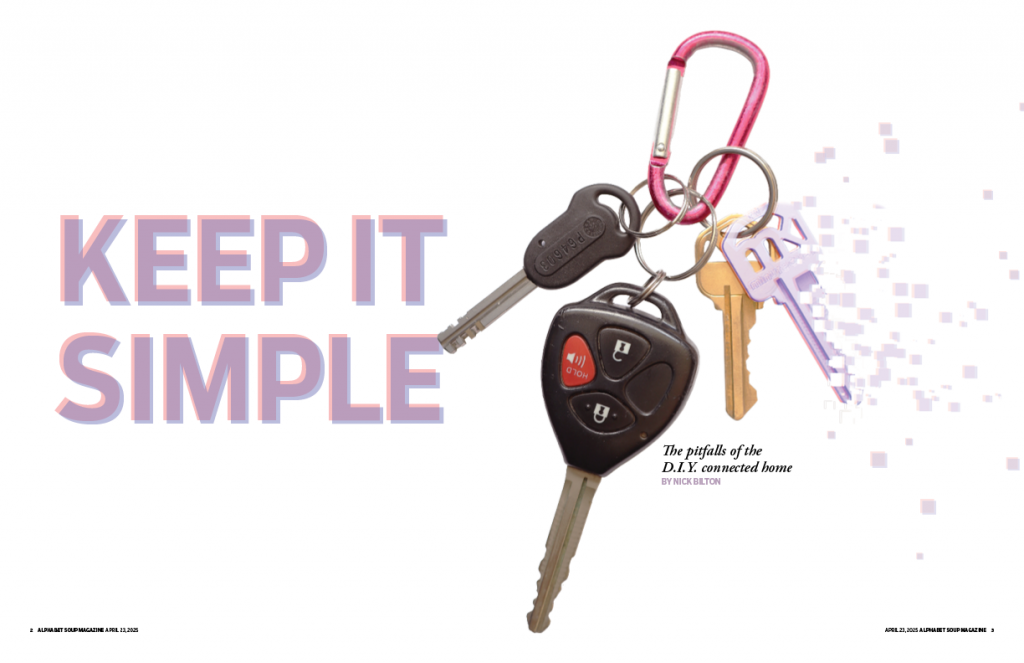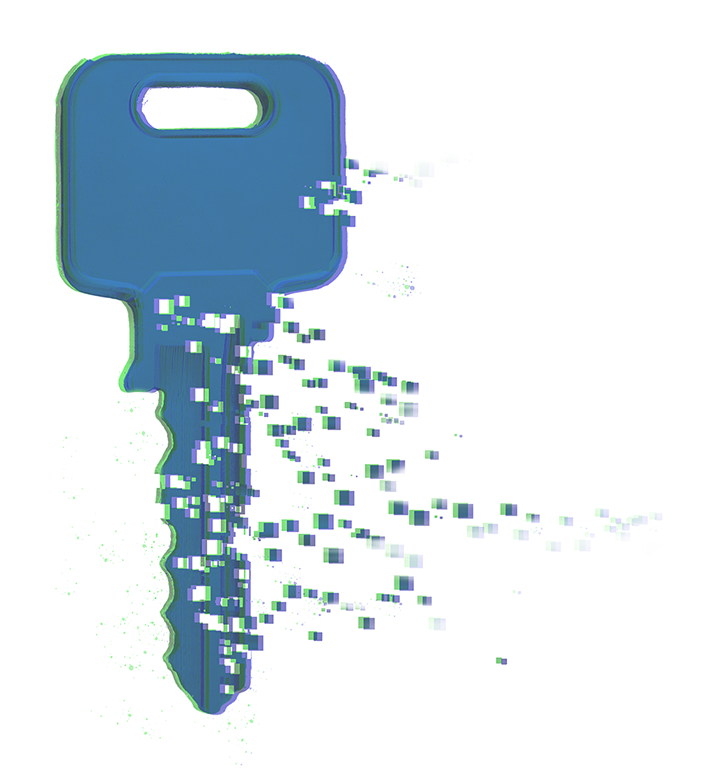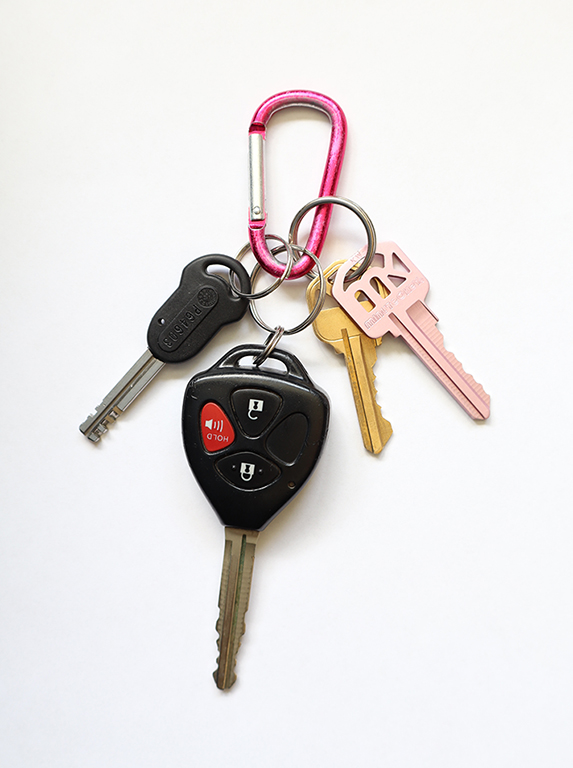
For this project, I designed a conceptual illustration and two spreads for the “DIY Home” story by Nick Bilton that was provided to us. This is a column about the writer’s experiences with “smart home” devices such as security cameras and locks that are connected to the internet and to the user’s smartphone, and his generally frustrating experiences with them.
I decided to use “Keep It Simple” as the headline for this story because something that runs through the story is the sense that it’s much easier not to have to deal with the complication of connecting your phone to things in your house; as he says “rather than making life easier, [the August Smart Lock] took 10 times longer to unlock than if I had taken the key out my pocket and turned the lock.” “Keep It Simple” references the KISS principle of design (“Keep It Simple, Silly”), that cautions against over-complication. According to the Interaction Design Foundation, “simplicity guarantees the greatest levels of user acceptance and interaction.”
Ironically, I initially found myself over-complicating this design at first, with the pixels from the key all over the page. Eventuallly, I realized that the solution to what was becoming a frustrating design was staring me right in the face, and I settled on this layout, which uses white space to emphasize the headline and keys. I also chose this font for the display text because of its simplicity.
The idea behind the illustration is twofold. First, the pixelated key references, on a very surface level, the idea of something physical becoming electronic. Second, the breakdown of the key into disappearing pixels references the intangibility of something that is electronic or controlled electronically. That is, if your phone runs out of battery or the wifi goes out, your key ceases to exist. Bilton closes his story by telling the reader about how he had to re-connect all his gadgets after his router died. This is an additional complication of “smart home” devices, but also speaks to the way in which the “internet of things” can actually make things harder to access because of their ephemerality. This is what the dissolving key references. The other keys on the carabiner provide contrast with the immaterial key. I decided I wanted to do a photo illustration because I felt that would emphasize this contrast between the real and the immaterial.
Before making the final photo illustration, I made a mock-up of the key to test both its appearance and the technique. I used a stock photo from Adobe for this. I used scatter brushes with a square pattern to create the pixel effect. The holes in the key are made with the same brush on a masking layer that creates areas of transparency. I then duplicated key and set both layers to different colors and offset them to create the glitch effect.
Once I had a sense of how I was going to make the glitched key, I moved on to the final photo illustration. The photo I used was of my own keys (with all the cards and tags removed), arranged in the particular shape that I wanted, and photographed with a digital camera. I used the same technique on the pink key, reduced the opacity of the shape and traced where the outlines of the key ring and the brass key would have been behind it, to create the impression of intangibility when compared to the other keys. Pink, blue, and the resulting purple mixture were chosen to complement the color of the carabiner and match the photo with the graphics.
For the second spread, I continued the pattern of purple pixels from the key, almost as if those pixels had blown in from the first spread, tying the package together. I also used the same colors and effect for the boxes in the sidebar. Because the story was so short, I decided to make the “sidebar” a full-page graphic.
Ultimately, I’m very happy with how the first spread especially turned out. I’m much less familiar with Photoshop and with photo illustrations than I am with Illustrator, and I feel like I learned a lot in the process about the more illustrative tools in Photoshop.


